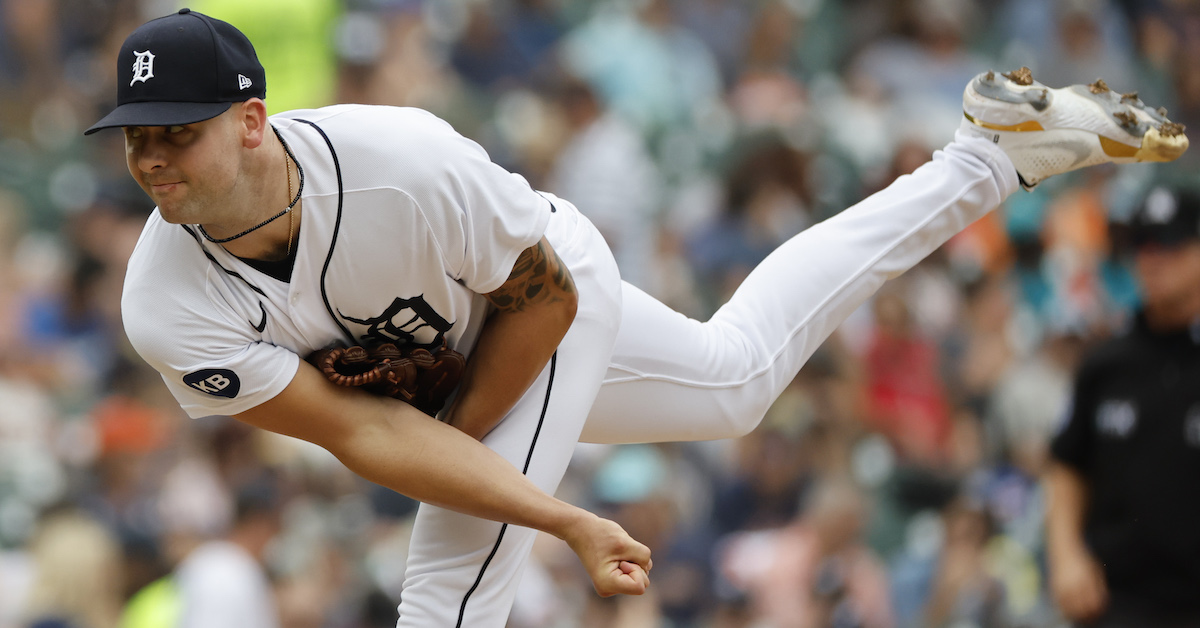Senior Developer, Baseball Systems
Location: Boston, MA
Department: Baseball Operations
Status: Full-Time
Description:
The Senior Developer, Baseball Systems position will be a member of the baseball operations software development team, and is responsible for the design, development, and support, of all baseball systems. This individual will work closely with members of baseball operations to understand business requirements that drive the analysis, design, and development of quality baseball systems and solutions. This senior developer will collaborate closely with the Director of Baseball Systems, colleagues on the software development team, and baseball operations personnel from all departments.
Responsibilities:
- Create leading-edge baseball solutions together with the software development team and others on new and existing baseball systems
- Lead the design and implementation of the software architecture and embrace a software engineering mindset
- Lead the software development process of critical baseball applications, including requirements gathering, analysis, effort estimation, technical investigation, software design and implementation, testing, bug fixing, and quality assurance
- Responsible for the design and development of databases, web services, graphical user interfaces, and other aspects of web and desktop applications
- Actively participate in the architecting, deployment, and maintenance of system solutions in a cloud-based environment
- Actively participate with colleagues in design reviews, code reviews, and exercise best practices
- Work closely with baseball analysts to design and implement solutions to their modeling and data needs
- Respond to and resolve technical problems and issues in a timely manner
- Identify and implement creative solutions for technical challenges
Qualifications/Characteristics:
- TECHNICAL SKILLS:
- Bachelor’s degree in Computer Science, Software Engineering, Computer Engineering, or a related field
- 6 or more years of development experience using some combination of C#, C++, Python, Typescript, JavaScript, T-SQL, ServiceStack, Angular, React, Vue, or other frameworks, with a focus on responsive & progressive web applications.
- Strong database design and development experience, especially with MS SQL Server
- Experience integrating systems and data using third-party APIs and web services
- Experience with cloud technologies from Azure, AWS, or GCP are a plus
- Experience with R is a plus
- Design experience with Zeplin, Photoshop, or similar applications, are a plus
- Experience with source control tools such as Git, TFS, or similar
- GENERAL SKILLS:
- Ability to work autonomously and as a team in a fast paced environment
- High level of attention to detail with the ability to multi-task effectively
- Comfortable working remotely using Zoom, Teams, Slack, Trello, and other tools to communicate with all team members
- High degree of professionalism and ability to maintain confidential information
- Excellent organizational and time management skills
- An understanding of baseball, common terms, and analytic measures, are a plus
The Red Sox (or FSM) requires proof of being up-to-date on COVID-19 vaccination as a condition of employment, subject to applicable legal requirements. Up-to-date means having received all recommended COVID-19 vaccination doses in the primary series and a booster dose(s) when eligible, per CDC guidelines.
Prospective employees will receive consideration without discrimination based on race, religious creed, color, sex, age, national origin, handicap, disability, military/veteran status, ancestry, sexual orientation, gender identity/expression or protected genetic information.
To Apply:
To apply, please follow this link.
The content in this posting was created and provided solely by the Boston Red Sox.








